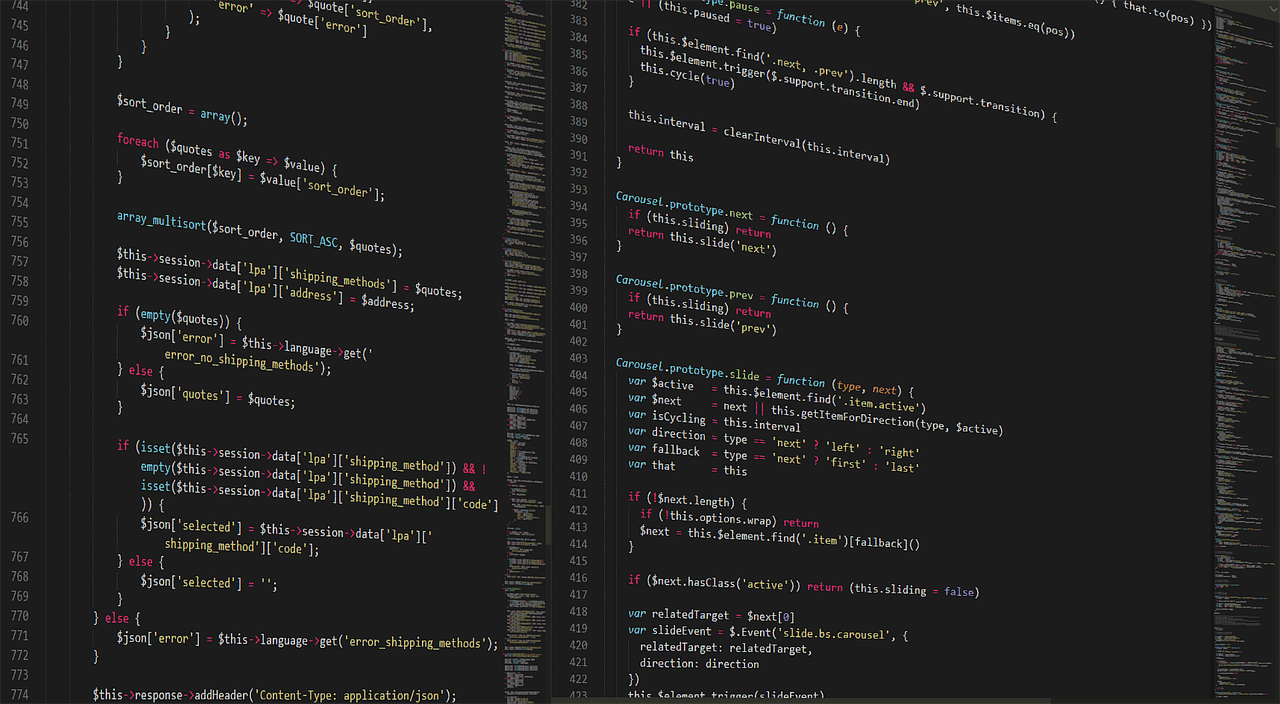Getting Started with Python Web Development
Python web development is a vibrant and dynamic field that leverages the simplicity and versatility of Python to build scalable and efficient web applications. This guide will walk you through the basics of Python web development, highlight key frameworks and libraries, and provide tips for learning and mastering Python for web development.
Why Use Python for Web Development?
- Versatility and Readability: Python is known for its clear syntax and readability, which makes it easier for developers to write and maintain code.
- Extensive Libraries: Python offers a vast array of libraries and frameworks that simplify web development tasks such as handling HTTP requests, managing databases, and implementing business logic.
- Scalability: Python applications can scale efficiently, making it suitable for both small and large-scale projects.
Key Frameworks for Python Web Development
Django
Description: Django is a high-level framework that provides an architecture, templates, and APIs to build robust web applications quickly.
Use Cases: Ideal for complex, data-driven applications that require rapid development and scalability.
Features: Includes an ORM (Object-Relational Mapping) system, authentication tools, and extensive libraries for common web development tasks.
Flask
Description: Flask is a lightweight framework that offers flexibility and simplicity for building web applications.
Use Cases: Suitable for smaller applications or prototyping, where a minimalistic approach is preferred.
Features: Microframework with support for unit testing and internationalization.
Pyramid
Description: Pyramid is a flexible framework that allows developers to build web applications using a variety of technologies.
Use Cases: Ideal for projects that require a high degree of customization and flexibility.
Features: Supports both small and large applications, featuring a modular design.
Bottle
Description: Bottle is another lightweight framework that is easy to learn and use.
Use Cases: Suitable for small web applications or prototyping.
Features: Single-file module with support for routing and templates.
Learning Python for Web Development
Step-by-Step Guide to Learning Python
- Install Python: Download the latest version of Python from the official Python website.
- Choose a Framework: Research and select a framework that aligns with your project needs.
- Set Up a Development Environment: Create a virtual environment and install necessary packages for your chosen framework.
- Learn Basic Python Concepts: Engage with beginner-friendly resources to reinforce understanding.
- Practice Web Development: Use tutorials to build simple web applications and gradually move to more complex projects.
- Explore Specialized Topics: Dive into advanced topics like database integration and API design.
Tips for Mastering Python Web Development
- Project-Based Learning: Engage in hands-on projects to apply theoretical knowledge.
- Join Communities: Participate in online forums to stay updated with the latest trends.
- Read Specialized Books: Explore books focused on web development with Python for in-depth knowledge.
Conclusion
Python web development offers a powerful combination of simplicity, flexibility, and scalability, making it an excellent choice for developers of all levels. By following these steps and tips, you can embark on a rewarding journey to master Python for web development and build dynamic, efficient web applications. For further reading, check out Unlock Your Potential: The Ultimate Guide to Python Web Development for Beginners and other related articles on our website.
Projects and Real-World Applications of Python Web Development
Key Projects
- Personal Portfolio Website: Create a portfolio to showcase your projects, resume, and blogs using Flask. This project helps in understanding routing, templating, and deployment.
- Blog Application: Using Django, develop a fully functional blog application where users can create, read, update, and delete posts. This project incorporates user authentication and a simple admin interface.
- REST API for Task Management: Build a RESTful API using Flask or Django REST Framework that allows users to manage their tasks. This project emphasizes API design, data interchange format (JSON), and database integration.
- E-Commerce Website: Develop an e-commerce platform using Django that includes features like product listings, user authentication, cart management, and order processing.
Python Code Examples
Flask Personal Portfolio Website
from flask import Flask, render_template
app = Flask(__name__)
@app.route("/")
def home():
return render_template("index.html")
if __name__ == "__main__":
app.run(debug=True)
Django Blog Application
from django.db import models
from django.contrib.auth.models import User
class Post(models.Model):
title = models.CharField(max_length=200)
content = models.TextField()
author = models.ForeignKey(User, on_delete=models.CASCADE)
created_at = models.DateTimeField(auto_now_add=True)
def __str__(self):
return self.title
Flask REST API for Task Management
from flask import Flask, jsonify, request
app = Flask(__name__)
tasks = []
@app.route('/tasks', methods=['GET'])
def get_tasks():
return jsonify(tasks)
@app.route('/tasks', methods=['POST'])
def add_task():
task = request.json
tasks.append(task)
return jsonify(task), 201
if __name__ == "__main__":
app.run(debug=True)
Real-World Applications
Python web development is widely applicable across various domains, making it essential for modern software solutions.
- Business Applications: Building internal tools for automating business processes enhances productivity and efficiency.
- Data-Driven Applications: Companies leverage Python web frameworks to handle large datasets, providing analytics dashboards for decision-making.
- Content Management Systems: Frameworks like Django power content-heavy websites and systems, providing robust backend solutions.
- Social Media Platforms: Many social networking applications use Python for backend services to manage user interactions and real-time communications.
Next Steps
Now that you have a solid foundation in Python web development, it’s time to take your skills to the next level. Consider diving deeper into specific frameworks by checking out our detailed guides on web development in Python, where you can explore advanced techniques and best practices.
Additionally, challenge yourself with real-world projects that utilize the frameworks you’ve learned about, such as Django or Flask. Engaging in project-based learning will enhance your understanding and help solidify your skills in Python web development.
Don’t forget to join online communities and forums where you can connect with other Python enthusiasts, share your projects, and stay updated with the latest trends in web development.
